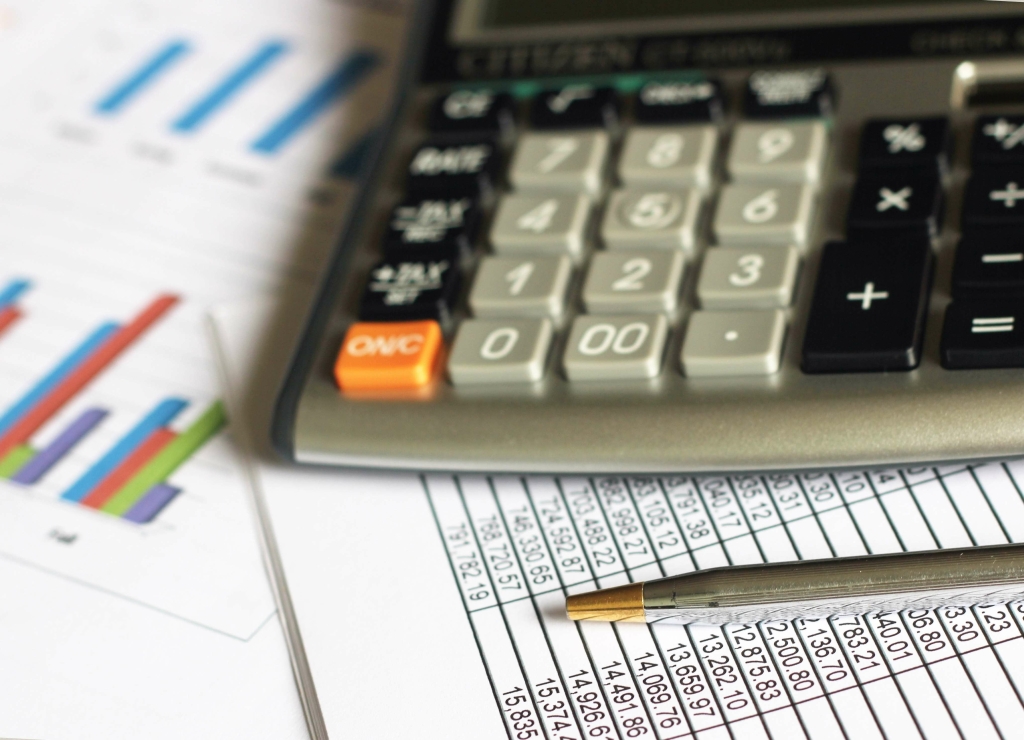
The same Total variable Cost schedule table is presented below in graphical form so as as to understand easily about this concept. Output is shown on X axis and Total variable Cost is shown on Y axis. If we observe the Total variable Cost curve, it is inclining upwards from left to right when there is increase in How to Invoice as a Freelancer the output. It depends on the weather, fuel charges, infrastructure, and conditions. Moreover, the particular government is in charge of infrastructure. Transportation costs include the cost of freight, carriage, shipping, transit insurance, cost of operating the fleet, etc.

Variable Costs Include Overheads
By reducing its variable costs, a business increases its gross profit margin or contribution margin. Since fixed costs are more challenging to bring down (for example, reducing rent may entail the company moving to a cheaper location), most businesses seek to reduce their variable costs. It can generally be computed specifically as the total of the many forms of variable costs covered below. If variable expenses are incurred in batches, they might need to be divided among the commodities (For example, 100 pounds of raw materials are acquired to produce 10,000 completed goods). Variable costs significantly influence pricing strategies as they determine the minimum price needed to cover the cost of production. Businesses must ensure that their selling prices are set above their variable costs to generate profit on each unit sold.
- Suppose that a consulting company charged 1,000 hours of services to its clientele.
- However, if the company doesn’t produce any units, it won’t have any variable costs for producing the mugs.
- This is not the case as overhead expenses such as rent and salaries are generally steady expenditures regardless of changes in the volume of production.
- In contrast, the cost of raw materials (a variable cost) will increase as production increases.
- As production increases, variable costs are added to fixed costs, and the total cost is the sum of the two.
- In addition, variable costs are necessary to determine sale targets for a specific profit target.
- Since you’ll only need to pay for packaging and shipping if/when you make a sale for delivery, it’s considered a variable cost—even if the price of shipping remains the same over time.
Control Inventory Levels
- If production or services are increasing, then variable costs should also increase.
- The same Total variable Cost schedule table is presented below in graphical form so as as to understand easily about this concept.
- Thus, businesses have to order, purchase, and maintain a stock of raw materials.
- A positive value of total contribution means that the business can cover its fixed cost and generate some profit.
- But if your total variable costs are rising, you are producing more units—hopefully at a net profit.
To explain, each additional good a business produces represents a variable cost. For example, McDonald’s will have a variable cost it pays to produce each Big Mac. For each one it produces, there are costs in the form of ingredients, such as the hamburger, bun, lettuce, gherkin, and other ingredients.

Flexible Pricing Strategies
This might involve optimizing production processes, negotiating better terms with suppliers, or investing in more efficient technology. Effective management of variable costs can significantly impact a company’s financial health and competitive position. Yes, high variable costs per unit tend to affect the profit margins thus maintaining them is crucial to remain profitable. An example of a variable cost is the resin used to create plastic products; resin is the key component of a plastic product, and so varies in direct proportion to the number of units manufactured. As another example, a business only incurs credit card fees when it sells products to customers that are paid for with a credit card; if there are no sales, then there are no credit card fees. Finally, as their name suggests, semi-variable costs may, or may not, change with the amount of goods produced or services provided.
What are the most common variable expenses?

By leveraging predictive analytics, businesses can anticipate cost fluctuations and proactively manage their variable costs. Fixed costs, on the other hand, do not fluctuate with the production levels. It doesn’t matter whether the piano manufacturer makes 10 pianos or 100 pianos, the rent expense will always be the same. Direct materials refer to any materials that are used in the production of a unit that makes it into the product itself.

Direct Materials
The higher your variable costs, the lower your profit margin, meaning your business makes less money. Different industries tend to have more fixed or variable costs, depending on the nature of the service or product they provide. Some of these remain static regardless of output, while others will fluctuate. Understanding the differences between fixed and variable costs will allow businesses to better manage their operations, margins, and overall strategy. That’s because as the number of sales increases, so too does the variable costs it incurs.
This is in contrast to fixed costs, which exist independently of output and thus remain the same regardless of output (examples include rent, machinery, insurance, and so forth). In the case of insurance, for instance, regardless of the volume of goods produced and sold, companies must retained earnings balance sheet pay their insurance costs. A variable cost is a cost that changes with the level of production or output. As production increases, variable costs also increase, and as production decreases, variable costs decrease. If the total variable expenses incurred were $100,000, the variable cost per unit is $100.00 per hour.
If your company offers commissions (a percentage of a sale’s proceeds granted to staff or the company as an incentive), these will be variable costs. This is because your commission expenses depend entirely on how many sales you make. This differs from paying an employee’s salary, which is a fixed cost. A variable cost is a type of corporate expense that changes depending on how much (or how little) your company produces or sells. Depending on how your sales or production rates are going, your variable costs can rise or fall—hence the name.
However, through the use of simple techniques, businesses can variable costs definition economics manage costs and increase their bottom lines. Opportunity costs are inherently implicit; they represent the benefits foregone by not choosing the next best alternative. These calculations become significantly more complicated when you add fixed and semi-variable costs into the mix.
